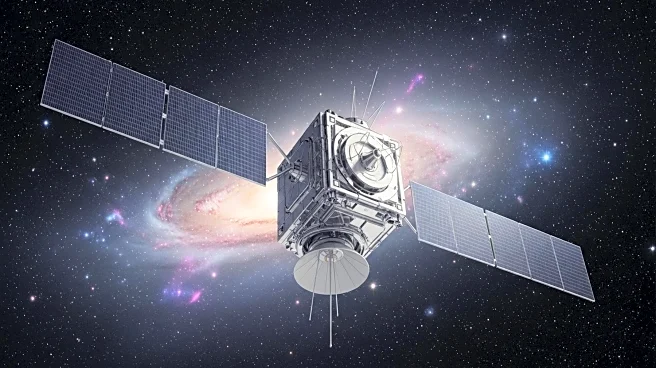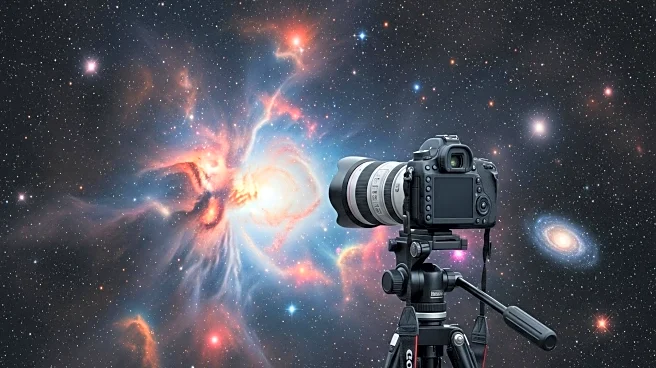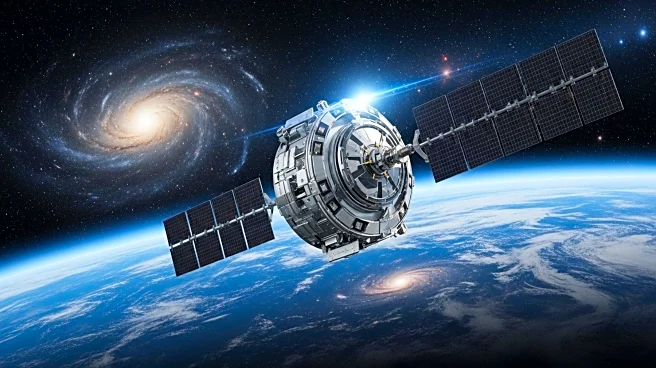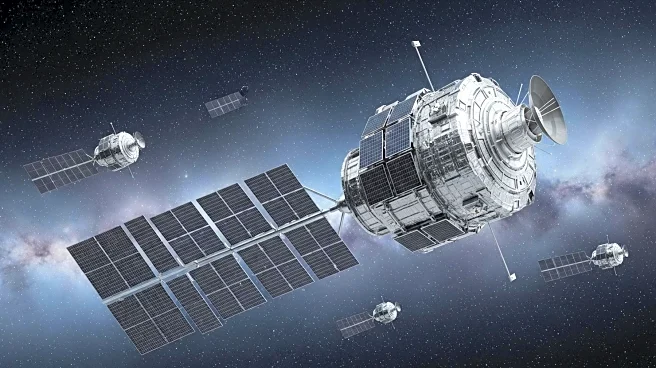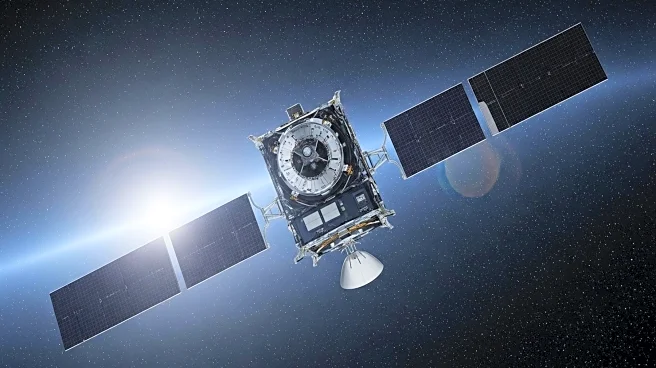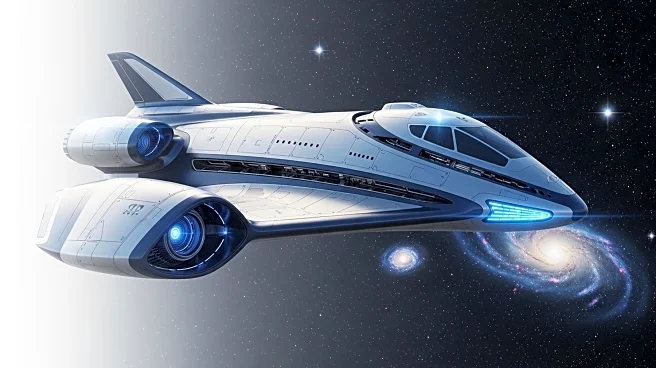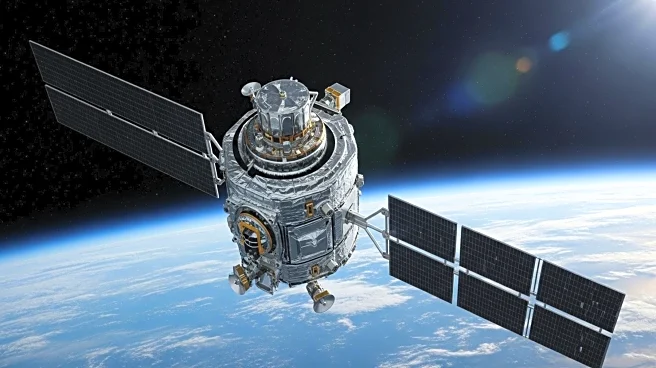What's Happening?
Spanish startup Kreios Space has closed an €8M seed round to advance its air breathing electric propulsion (ABEP) technology for satellites in very low Earth orbit (VLEO). The funding round was led by the NATO Innovation Fund and JOIN Capital, with participation from Grow Venture Partners, Xesgalicia, and Tasivia Global. Kreios aims to demonstrate its ABEP system in early 2027, which allows satellites to fly in lower orbits by using atmospheric air for propulsion, reducing the need for fuel.
Why It's Important?
Kreios' ABEP technology represents a significant advancement in satellite propulsion, enabling long-duration missions in VLEO. Operating satellites at lower altitudes offers benefits for telecommunications and Earth observation, including faster signal transmission and higher-resolution imaging. The technology has potential applications in both commercial and defense sectors, providing economic advantages and enhancing capabilities for various missions. Kreios' partnership with the NATO Innovation Fund positions the company to secure government contracts and expand its market presence.
What's Next?
Kreios plans to conduct a demonstration mission of its ABEP technology in early 2027, showcasing its capabilities in VLEO. The company aims to establish itself as a leader in very low Earth orbit, leveraging its resources, partners, and technology to achieve this vision. As Kreios continues to develop its propulsion system, it will explore opportunities for dual-use missions and collaborate with commercial and government stakeholders to expand its market reach.
Beyond the Headlines
The development of ABEP technology highlights the growing interest in innovative propulsion systems for space exploration. As companies seek to optimize satellite performance and reduce costs, advancements like Kreios' ABEP system could lead to new opportunities in the space industry. The focus on VLEO also reflects the strategic importance of lower orbits for various applications, including telecommunications and Earth observation.

